
Sony has inched closer to making it possible for us to realize even modest large format photographic quality from a camera body we can hold in the palm of our hand. Medium format quality is already within reach of its new 42MP sensor, and Hasselblad will have to come up with something quite revolutionary to survive. Yes, what the new Sony Alpha α7RII can deliver in the way of image quality is very good indeed; a genuine gain over the already very fine α7R.
When that earlier Sony innovation entered the market, I picked it up on its first day in Tokyo and published a couple of posts here on how it might function as a full-frame ditgital back for the old and sometimes beloved lenses dating from the era of analogue photography. I hope you welcome a repeat for what some of those can do on the new camera.
A pertinent question on serious fora before this much-coveted piece of equipment went on sale was whether lenses we have been using would be a match for its greater power to resolve detail. This is no problem at all, as far as I can tell, with the primes resulting from the Zeiss-Sony cooperation of recent years. But for the Minolta beauties that did wonders for the Alpha DSLR-A900 (still a very good camera you should hold on to) the story has changed. 25MP and 42 of them do make a huge difference, although some Minoltas continue to shine as they did on the A7r — I want to come back to that in another posting.
21mm has been a fascinating focal length for me ever since I saw what the Zeiss Biogon could do on my Contax G. I vividly remember when I shot my first 36 exposures with it. It was the best wide angle lens in the grey past of 35mm roll film days, and if you are thinking of going back to B&W film don’t hesitate to get that combination.

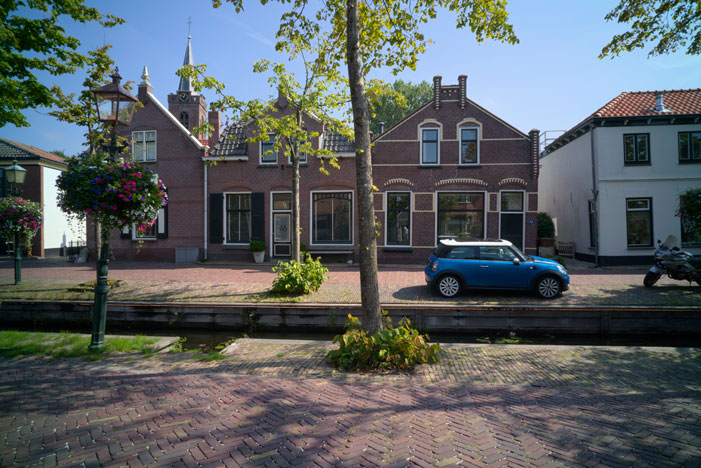
The way we see the world around us as photographers is much influenced by what we have on and in our cameras, and in this case the compositions in my mind’s eye, also at work when I did not have anything around my neck, began to be those that would fit within the 21mm field of vision. A good reason, therefore to start with them as we look at what “legacy glass” does on the α7RII (available on Amazon / B&H Photo / Adorama / eBay).
Lamentably the treasured Contax G Zeiss Biogon does most poorly and is virtually useless, but is better than it was on the α7R. The magenta vignetting is gone, but the smearing on both sides of the frame continues. At F16 and F22, this is halfway bearable, but the wait must continue for a digital sensor that does this Biogon proud. But wait! Read till the end of my story. A group of German software engineers have come up with a trick that may very well rekindle your love for your older problem lenses, like this one.
The famous Zeiss Planar 45mm F2 for Contax G is of course not a problem lens at all. It again holds its own in sharpness, color, and — what to call it? — drawing quality with the best lenses ever. But we are talking 21mm lenses now, and only two in my possession rise up to the challenge of the α7RII — the rather big Zeiss Distagon F2.8 and the Olympus OM G.Zuiko 21mm Auto-W F3.5.
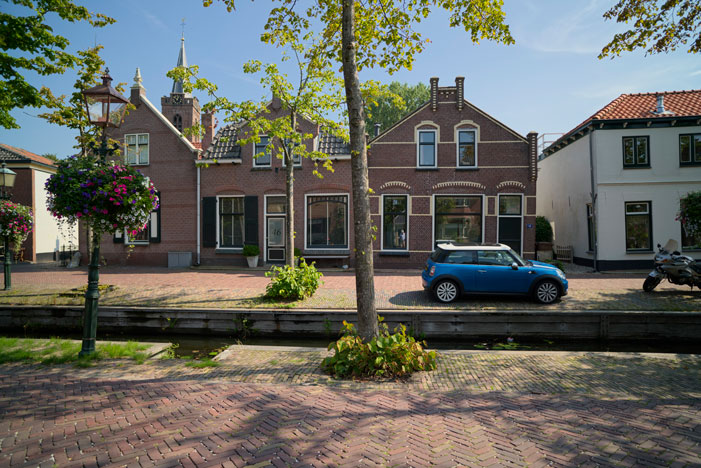
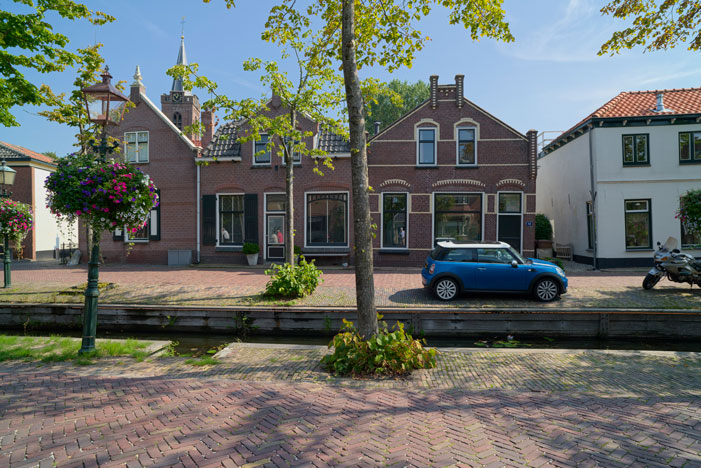
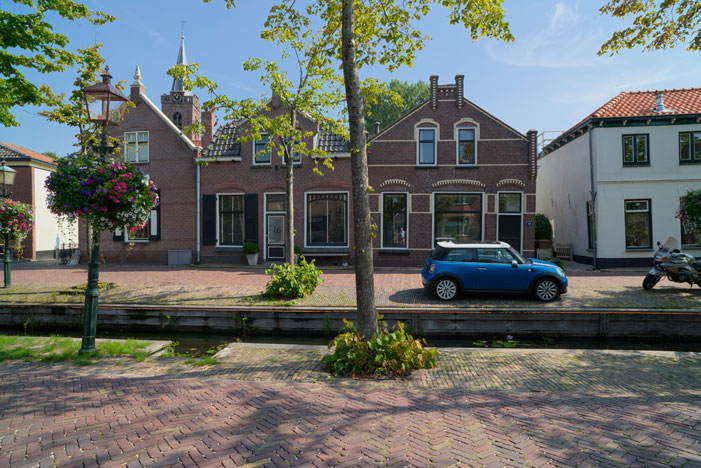

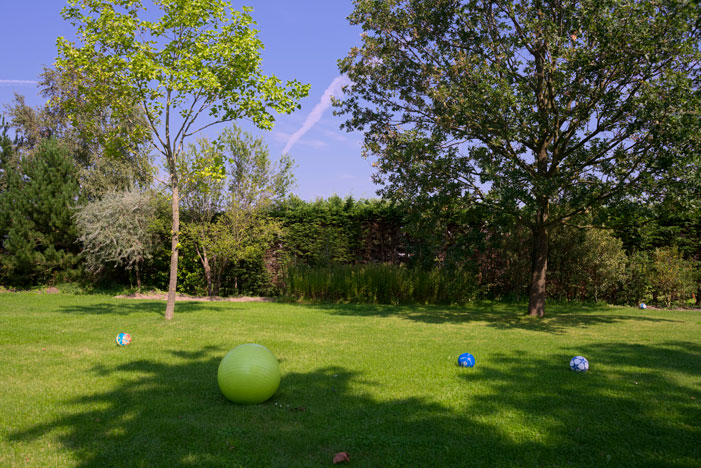
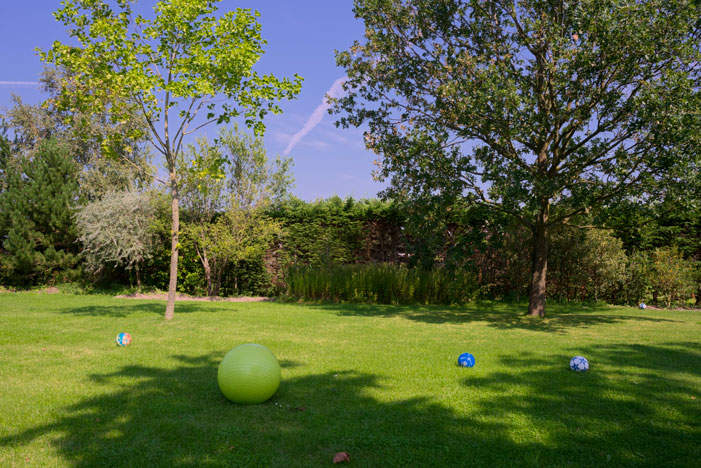
The Distagon in a Nikon mount attached to my α7R by a Novoflex adapter of unsurpassed precision is something with which to fall in love. If there is a better 21mm anywhere to be found, I do not know about it. I have been able to make large prints from what it produces for my recent exhibitions in Japan. But the much smaller Zuiko is, amazingly, not far behind that famous Zeiss tour de force. And don’t forget the solid OM H.Zuiko 24mm Auto-W F2.8:

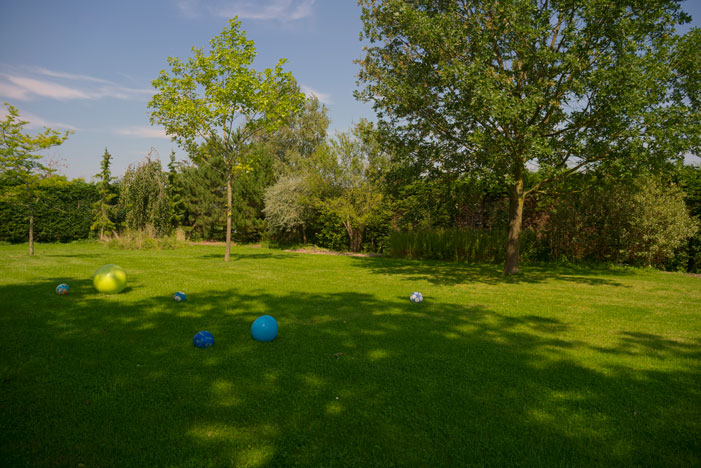

Then there is that lovely small 21mm Voigtländer F4, which qua size and handling is close to ideal, and would have been an ideal for lens makers to strive for were it not for the bokeh mania that has been partially responsible for the 1.4 or 1.8 glass monsters. It shows less vignetting than it did on the α7R, and in fact it would seem actually to perform better on the whole with the help of the new Sony sensor. As does the 25mm Voigtländer F4, known as the Snapshot Skopar. But, no, the latter will not come close to the 25mm Zeiss Batis when you will finally be able to get a hold of one.
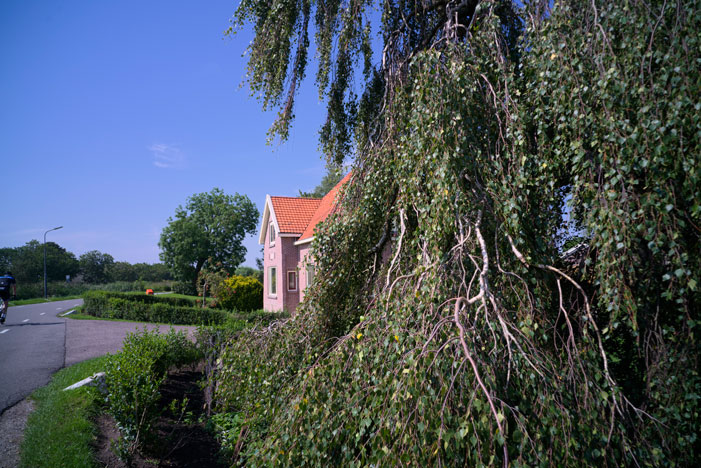
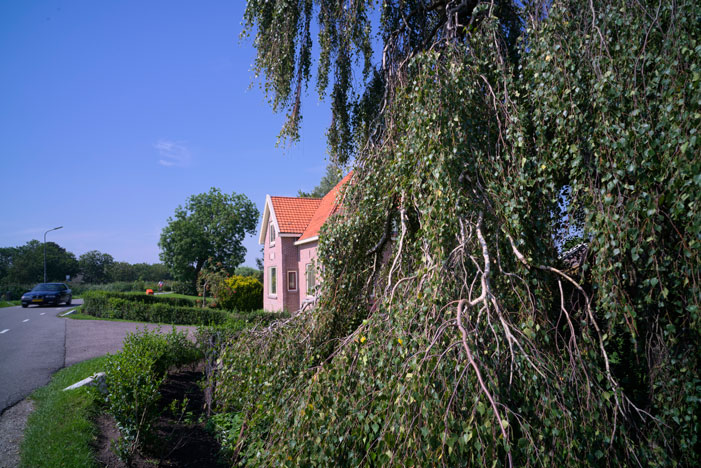
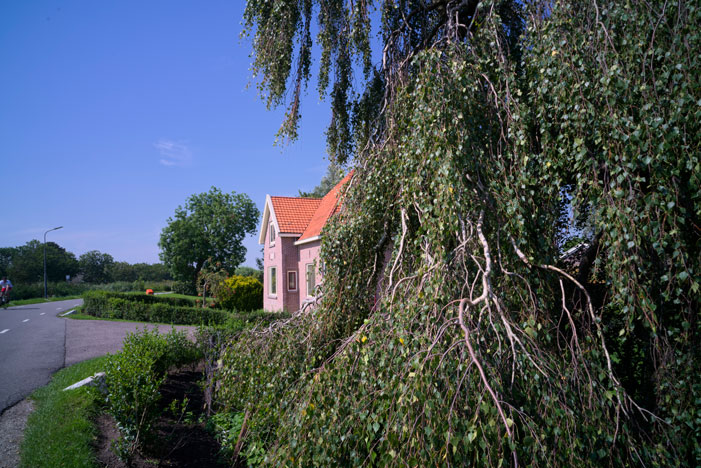
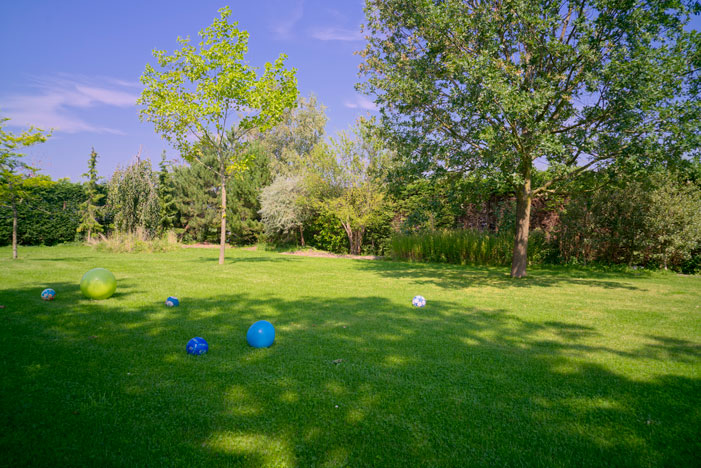

The 24mm Minolta F2.8 will not remotely be a substitute either. I have had some good results with it on the α7R. But as a fan of Minolta lenses for their color and general image quality the 24 disappointed me more than I had expected.
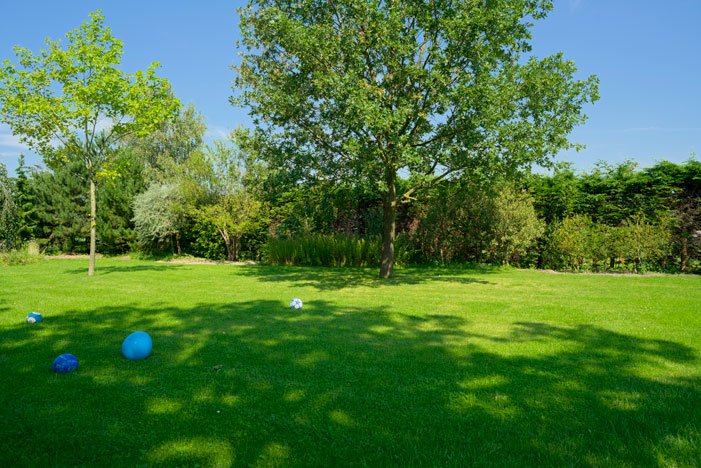
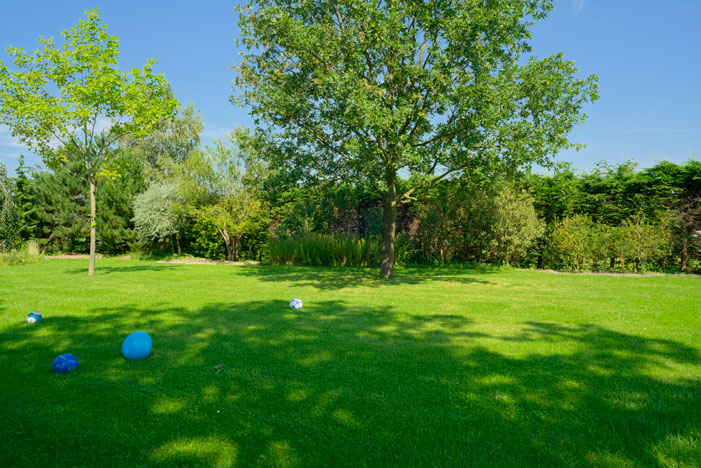
The Minolta 28mm F2 lived up to its better reputation, and between F8 and F16 it may serve quite well as an autofocus lens for the α7RII with the LA-EA4 adapter. But it does not achieve the sharpness and general image quality that Zeiss gave us with the Distagon 28mm f2.8 over a quarter century ago.
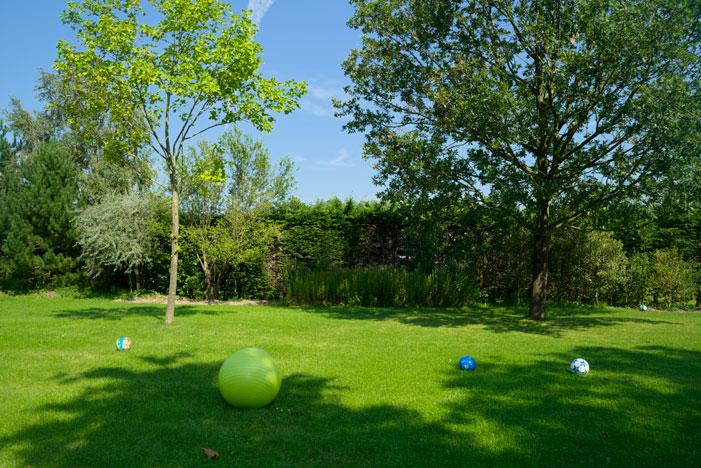
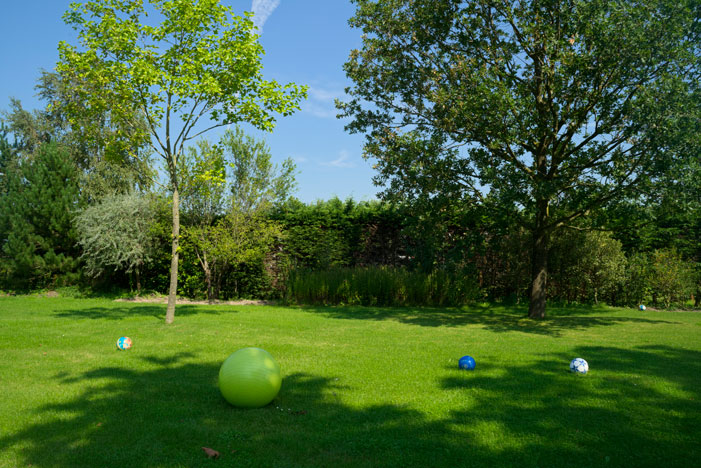
If there was a Nobel Prize equivalent for lenses — there should be! — and if I could be on the committee to allot it, I would give one right away to Carl Zeiss for long-term superior quality and variety. For the prize to be allotted in 2016 or 2017, my vote would probably go to Sigma for their Art series if we could get their primes in FE mounts (please keep them small!).
For the moment, try the A-mount 35mm Art for its sharpness and exquisite drawing quality. There are no bad de-centered copies of that lens, as far as I have heard. I have included the no longer in production, but must-have E-mount Sigma 19mm Art F2.8 in my 21mm lineup. That lens, designed for the APS-C sensor has begun to live permantly on my Sony A6000, which is why I have not removed the rear baffle that others have done to make it suitable for full-frame.
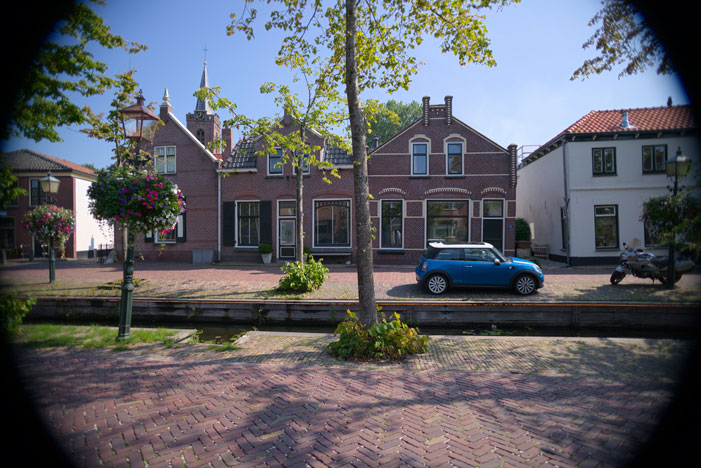

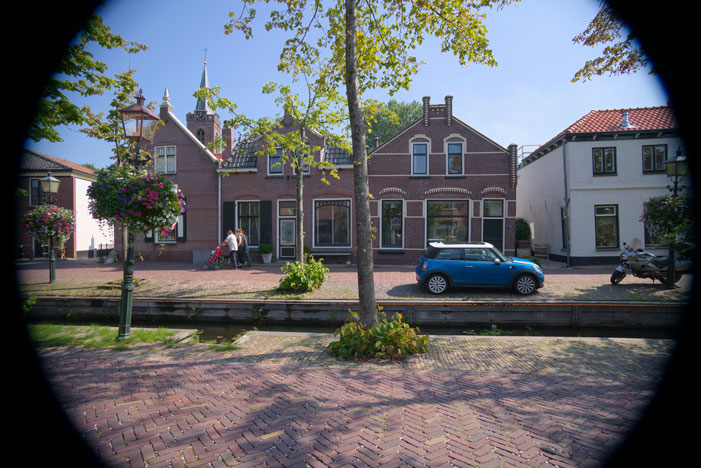
Another Nobel equivalent for long ago services rendered until today ought to go to Olympus for its OM lenses. Look at the foliage in mid-frame of any of the three wide angle Zuikos I have lifted out for separate consideration; I cannot get enough of how beautifully that is rendered. The OM G.Zuiko 28mm Auto-W F3.5, which I just tried on the α7RII, actually competes with the bigger Zeiss, and above F8 I would find it difficult to choose between them. Let me be clear that when full open the two Distagons in my lineup out perform al the others. There is another reason why I do not post most of the others at their lowest F-stops. Given the high ISO capability of recent digital sensors, and the α7RII is again ahead of the α7R in that respect, why with wide angle lenses go below F8 at all?

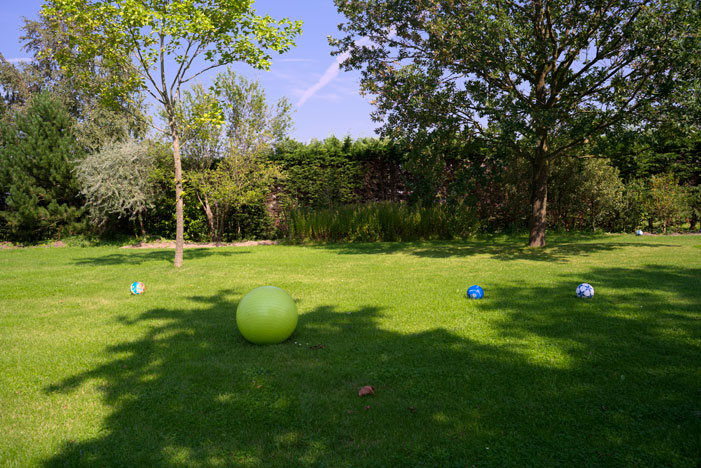
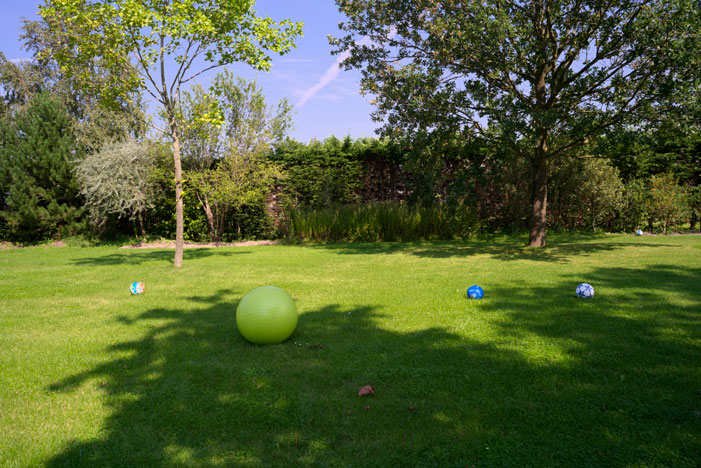
You will have noticed that a wide angle Leitz is missing in this comparison; I could not lay my hands on one in time. But a Nobel equivalent? What have those Leitz engineers done recently? And Cosina? When I grew up in the 1950s, the Voigtländer cameras were advertised with the slogan: “Because the lens is so good!” The devoted and very talented Japanese engineer who gained the rights to use this famous name, and keeps it current, deserves enormous praise for preserving quality.
No, the 21 and 25mm Skopars do not come up to what the Zuikos do. But you can carry them in your shirt pocket in an emergency. And the Voigtländer Super Wide Heliar 15mm F4.5 is nothing short of a miracle.

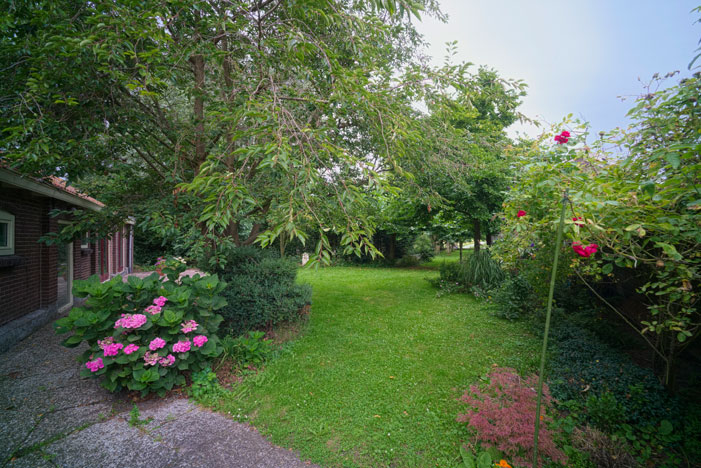
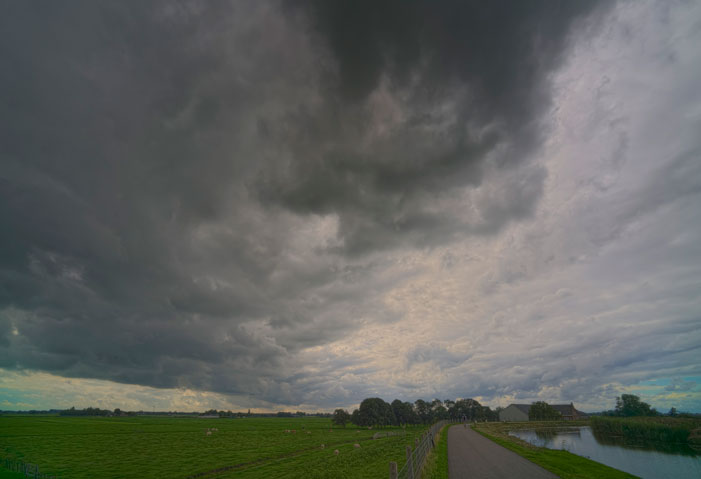
It was one of my favorites on my APS-C Fujifilm X-Pro1 because of the micro contrast it could deliver, but it did not do well on the α7R. Its vignetting on the α7RII is now easily remedied, and when I saw its microcontrast as rendered by the new sensor on my large screen, I thought for a moment that I was looking at the almost 3D effect of a Sigma Foveon sensor from the DPxM series.
This is as good an opportunity as any to bring it up: with a huge investment allowing a further developed foveon full-frame sensor delivering high quality ISO, coupled to its Art lenses, Sigma could still conquer the world of high quality photography.
Note that the images posted here are from the original 15mm version, not the latest one designed specifically for digital sensors. I have added a picture of a dwarf pansy taken with a Hawk’s Factory helicoid adapter and the 15mm, as an example of something that could become a tantalizing new form of super wide angle macro photography. It is something to return to in a later posting I am planning to write on ultra wide angle magic.
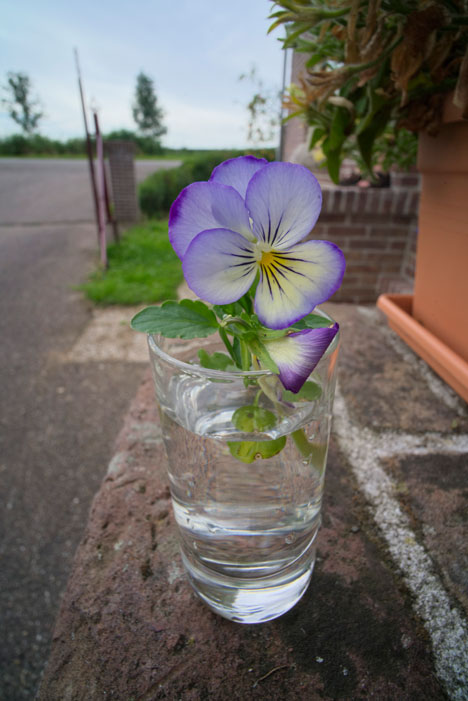
The α7RII is the best digital photographic tool I have ever handled. I have the use of only my left hand, and this latest Sony fits it more snugly than the previous one, and because of its sophisticated 5-axis in-body stabilization I no longer need to use shutter speeds above 1/200th to prevent camera shake when it is not on the tripod. For the first time I have to worry about unsharpness caused by wind and people talking or on the move. The shutter, while electronic, makes a sound to remind one of analog days and without question makes picture taking more pleasurable than was the case with the α7R. I need not go into further details about the shutter, since these have been widely discussed elsewhere.
The menu is a far cry from the nightmare on the Sony NEX-7, and the even larger number of custom buttons, compared to the α7R, along with the functions one can choose to access through the Fn button means that you never have to look at it again af you have chosen your initial settings.
The menu remains a mess, with many choices rather irrelevant to what you want to use the camera for, other than making movies or falling back on the point-and-shoot method. Although Sony has become a company that is in the midst of causing a photographic revolution, it does not betray its origin as a home electronics firm whose engineers and designers, unlike those at Fujifilm or Sigma, are not also serious photographers on the side. They cannot write intelligent manuals either.
Something you must do right away is to go to MOVIE Button at position 8 of the custom settings icon, and change “Always” to “MovieMode only.” If you keep the default setting, you may inadvertently begin filming after accidentally having touched the red movie button on the right side of the body, just at the moment you had carefully composed a still frame.
Another danger is the control wheel at the back. Make sure you customize it so that it does not accidentally change your ISO or shooting mode choices when the camera brushes against body parts.
Sony engineers have not truly addressed the much debated problem of the rather useless “Auto” choice between rear screen and viewfinder on the α7R. Some solved it by pasting masking tape over part of the much too sensitive EVF sensor. But — MAJOR TIP — we can now take a shortcut for switching. First assign one of the custom buttons to Finder/Monitor Sel. Do this after choosing “Monitor (Manual)” at the FINDER/MONITOR entry at position 4 of the custom settings icon. I access it with C2, which has become my most frequently used button.
I always use RAW and cannot judge the out of camera JPEGs that the α7RII produces, but they seem okay. My favorite RAW developer is the DxO Optics Pro, but their people have let me know to expect α7RII support by the 15th of October (they are uncommonly responsive and helpful). In the meantime I have begun to use Photo Ninja again, and I am impressed by its newest version with which I have developed the illustrations of this posting.
More about wondrous software. What if before going to bed you can dump your images with bad corners and edge smearing and other defects that are inevitable in the less than perfect world of optical design into a program for batch correction, and wake up the next morning to see them as if they had come from, say, a modern Zeiss lens?
This just happened to me. By accident I came across a startup in Germany with a team of software developers and optical academics who wish to bridge the gap between the ultimate in technical research and ourselves, and are offering a product they call piccure+. I should have known about them earlier. Download it from www.piccureplus.com, and you may be tempted to cancel your appointments for the next few days to see what it can do for the lenses you had given up on long ago.
I only had time to confront the program with the biggest challenge mentioned earlier, of the Biogon 21mm made for the Contax G. Lo and behold: At F8 it is razor sharp for more than 2/3 of the frame, and at F16 and F22 on the α7RII and processed by piccure+, the Biogon 21mm is more than a respectable lens even at the edges, showing some of its quality when it was used for 35mm film.
The almost incessant rain in the Netherlands since I discovered this program, and gusts of wind nearly blowing my tripod away, have complicated an effort to show you wat it can do, but here are some samples.
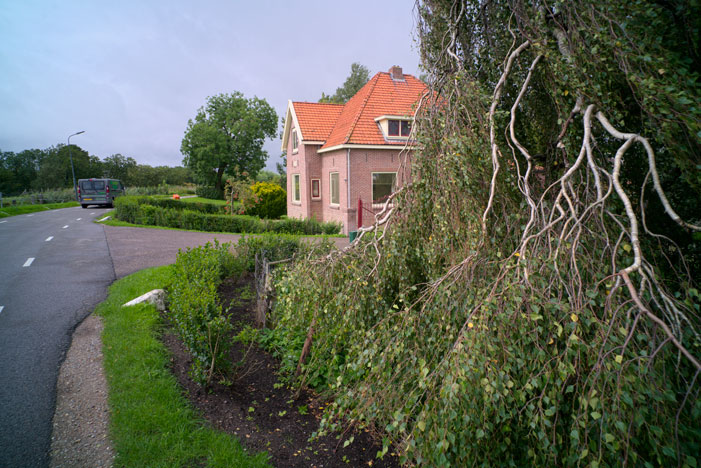
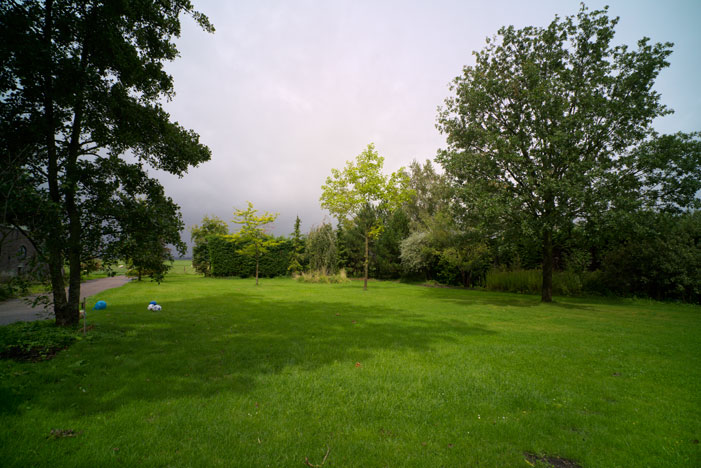
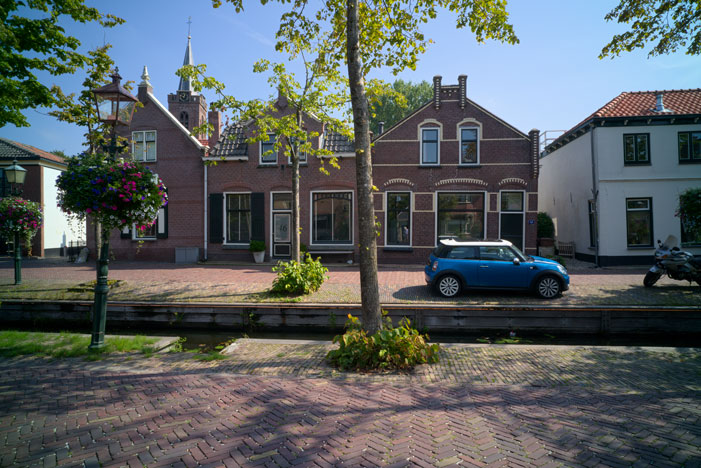
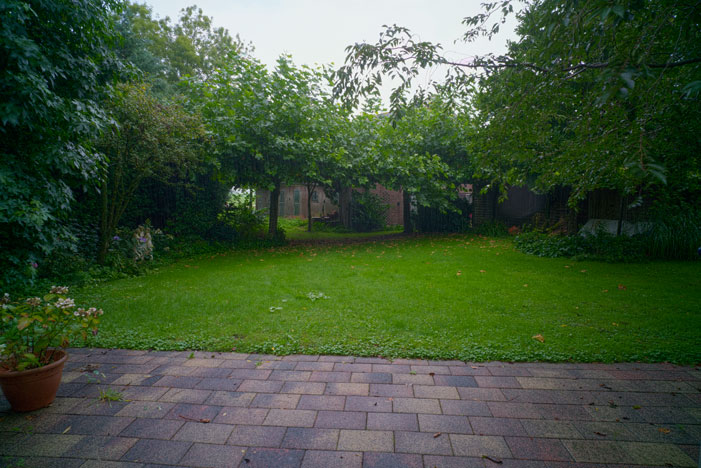
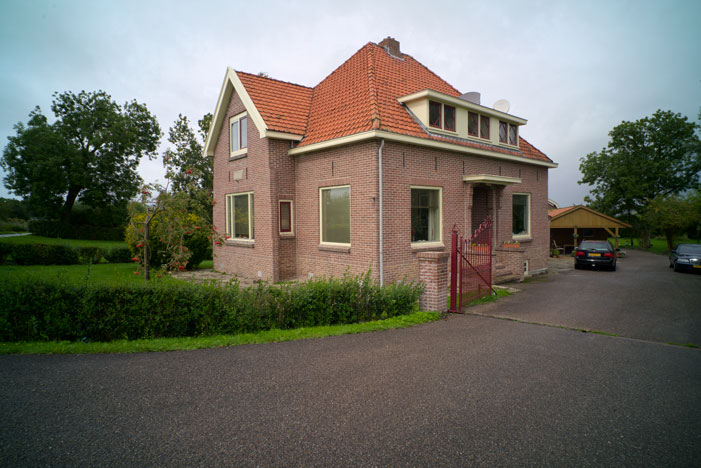
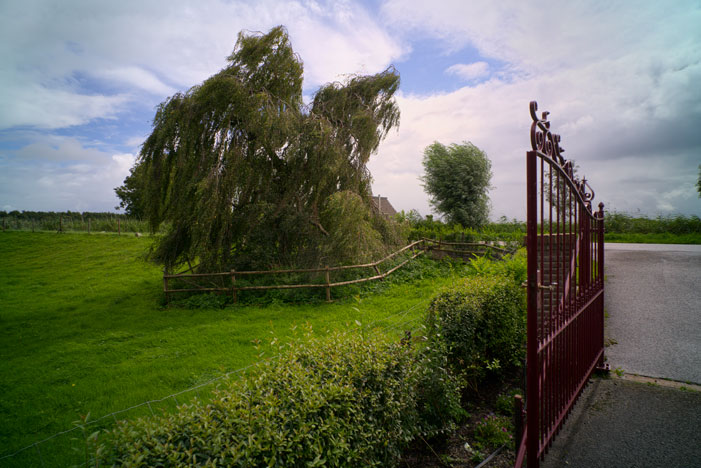
Its effect is somewhat reminiscent of a silk screen print. piccure+ is complex and requires trial-and-error when used in combination with RAW developers. For noise control, the company recommends preprocessing with the high noise setting of DxO Optics Pro, which means waiting for another six weeks.
The next thing for me is to find a sunshade for the Biogon, and to take my old Takumars, Rokkors, Minoltas and, again, the Skopars off the shelf.


